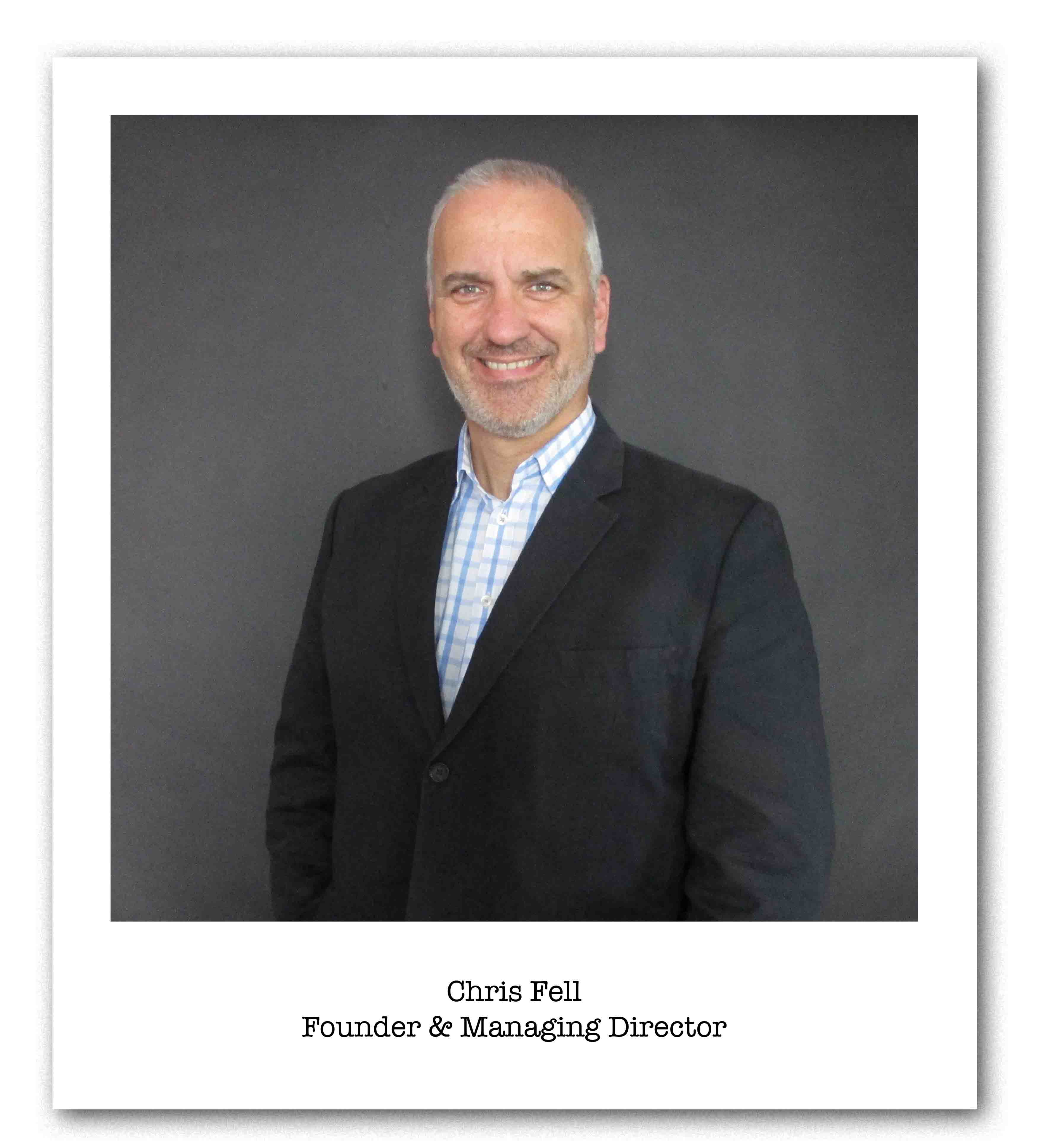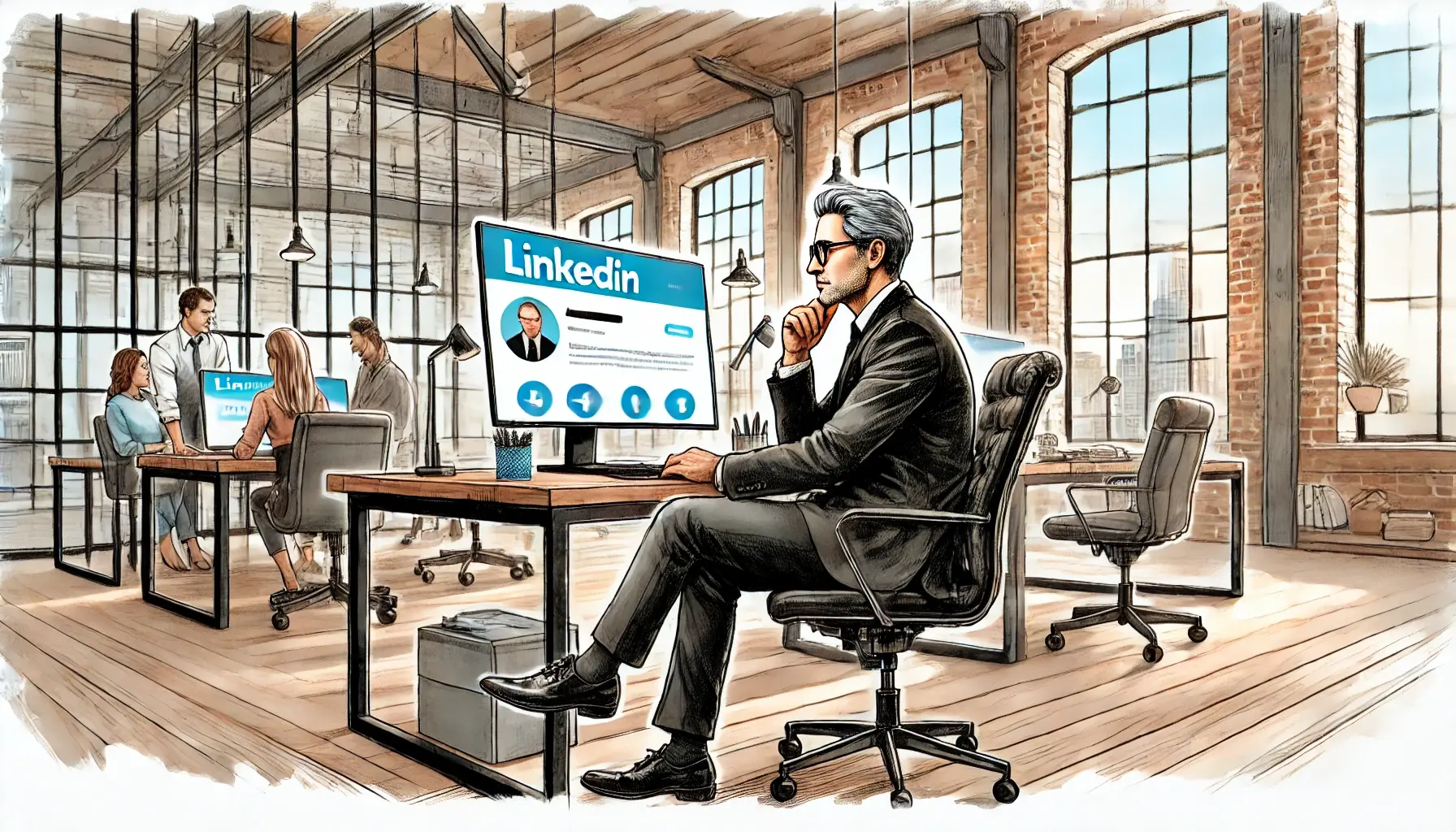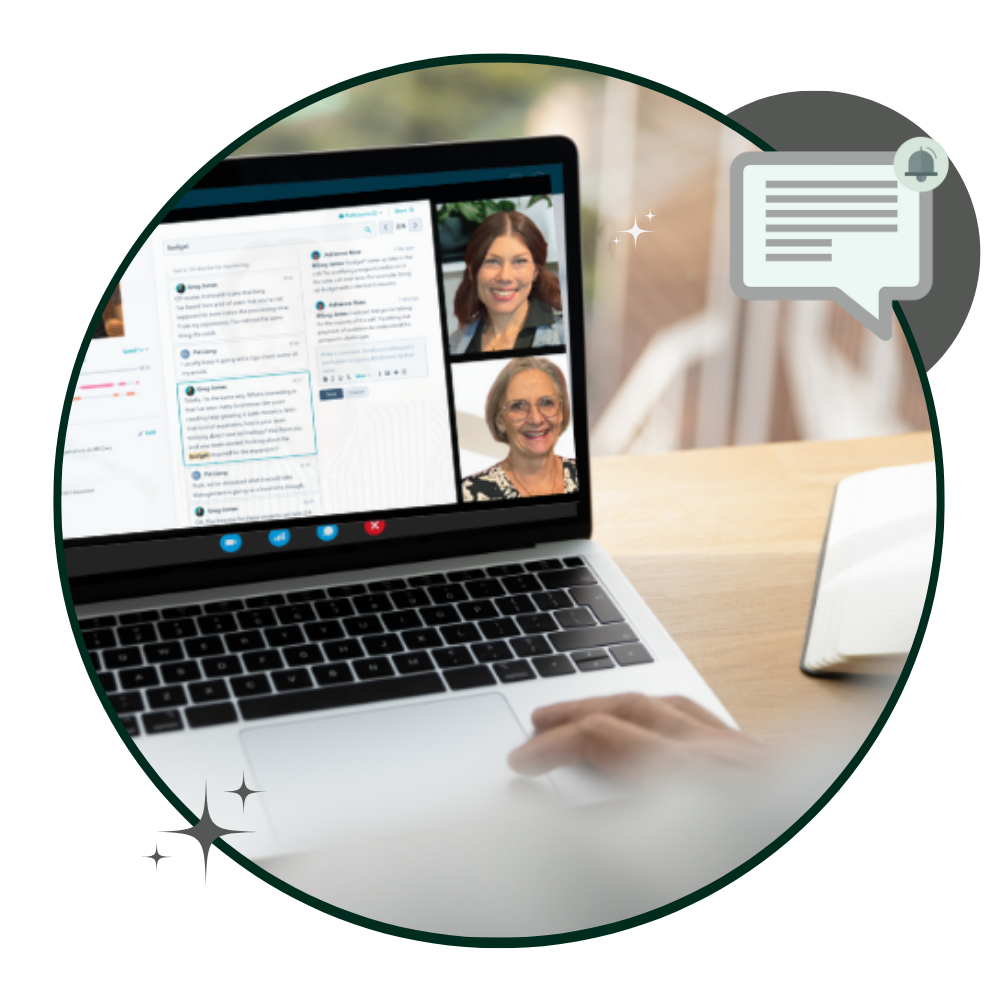Get WISER with Your AI Prompts - A guide for sales managers
Everyone’s wittering on about AI like it’s the second coming. But here’s the rub: if you give it half-baked prompts, you’ll get half-baked answers....
5 min read
 Chris Fell
31/01/2024 9:15:38 AM
Chris Fell
31/01/2024 9:15:38 AM

The emergence of the social-centric internet has significant and wide-reaching implications for B2B companies looking to build their presence in the marketplace and develop trusted and authentic connections to prospects. B2B Marketers will need to refine their content strategy (Again? I know, I know...) and ask their senior leaders for their assistance.
"The goal is not to be seen, but to be remembered."
For well over a decade, the search-centric Internet dominated, guiding our inbound marketing and sales strategies. However, a profound transformation is unfolding: the rise of a social-centric Internet. This change is evident in our daily lives. How often do you check social media compared to searching on Google? When you search, you might end up on a company page and, perhaps, download an article. When you connect via LinkedIn, it's human-centric, one-to-one, which can be much more helpful if you are looking for assistance and just as powerful if you are helping solve the problems your customers faces.
The previous B2B marketing playbook prioritized search engine optimisation, placing social media engagement as a secondary focus. Now, it's time to flip these priorities. The new approach puts social media engagement at the forefront.
Why? Social channels were built to allow humans to interact with other humans in the digital realm. This allows us to build a community of like-minded individuals who share a common focus and are working on solving the same problems. It's a more natural, authentic way to connect than via Google search. But there is good news on this front too. Pete Caputa, CEO of Databox puts it like this:
"The crazy part, though, is that doing this right helps search strategy too. Content is so much more insightful, thorough, multi-perspective, data-backed when it's built by the community. And that's what Google wants."
So it's a win-win.
For B2B businesses, adapting to this shift can feel uncomfortable. Social media in the consumer world is "on the nose" for many people. A race to the bottom, where vacuous influencers reign supreme, algorithms seem to serve up increasingly toxic content from bad actors and any interesting or valuable content is swamped by advertising posts.
"Surely this is not the place for B2B brands who have spent years curating their brands as reliable, trusted business partners to play," I hear you say!
Indeed. And LinkedIn, the social channel for business, has suffered to some degree from becoming a noisy, spammy place. But it's THE social channel B2B businesses must master, and it is the key to building the right type of influence over your target buyers - one that builds trust and authentic relationships.
Here are some ideas that I hope help B2B organisations harness LinkedIn to grow their business.
This shift signifies a transfer of power. Previously, companies controlled the narrative, creating content for audiences to find. Now, it's about fostering communities where people generate content that resonates with others. Investing in community-led and event-led growth becomes critical. Engaging with your audience on social platforms isn't just a tactic; it's a strategic necessity.
Organisations should consider consciously developing a community strategy. For many, this community already exists loosely. It's a matter of defining its membership, inviting like-minded members to participate, and curating content and events that generate value for its members.
Creating compelling content in this new era is undeniably challenging. Relying on AI for this type of content generation risks producing generic, uninspiring material. It's a terrible idea.
Efficient doesn't equate to effective in this context.
So what seems to work for building your community on LinkedIn?
Cassandra Naji, CEO of Campfire Labs and her team analysed 1,200 of the most effective LinkedIn posts to see what worked. Check out this post she wrote on LinkedIn, if for no other reason than to see a great example of a CEO leading by example and posting useful and valuable content. Cassandra and her team identified four types of content that performed best:
This means rethinking your content agenda and planning to focus on research, education, and unique stories or perspectives. Organisations doing social content well have taken the time to research trends in their community (i.e. customer base), share their frameworks and models for solving common problems, interview experts both in and outside their organisation and showcase customers with a unique perspective. It's about selecting and presenting the most relevant and high-quality content. It's not just about what you say but how you filter and present information that adds value. And you can curate content from other people and organisations that you respect and have similar values and points of view.
As a result, your target audience will want to become part of your community and will see you as an expert and trusted advisor. Naturally, when it comes time to look for people who can help solve their problems, the chances they will think of you are greatly improved.
This is the time and place for your leaders to demonstrate their thinking and actively engage with your community. In the social-first world, an organisation needs its senior leaders to become more visible and active, to take a point of view, argue their position, challenge the current thinking of their target audience, and show that there is a better way.
In short, to become a thought leader. The best person I have seen do this is Pete Caputa, CEO of Databox. A quick trawl through his posts shows a CEO leading the thinking in his space.
As busy people, the CSuite will unlikely have enough time to generate research, frameworks and so on. Thus, marketers should consider redirecting their content resources to support the generation of this content. Posting snippets on LinkedIn sourced from this type of content is a much lighter lift for senior executives. Marketers could even write the draft posts, however its very important that the executives own "tone of voice," the way s/he naturally speaks, comes across in the post, so we would strongly recommend that the executive writes the final post themselves.
This is an important way to influence the decision-makers in your target audience, usually other CSuite executives. It is much more effective than content hosted on the corporate LinkedIn page. It's also a great resource for your sales team to reference when connecting with prospects. "Here is a post my CEO wrote on that problem you and I were just discussing." That's powerful.
Quality over quantity should be your watchword. Beware of the "AI Vomit." The temptation to bang out another social post or blog using AI simply because it's Thursday and the content schedule says you must. The goal is to publish a piece of research, education, or a story that at a frequency you can comfortably support, given your size and resources.
Tip: Instead of investing many hours and dollars in producing high-quality, long-form content, such as eBooks and white papers, consider inviting fellow thought leaders, partners, collaborators, and successful customers to a series of 30-minute discussions over Zoom or Teams. It can be live or recorded. Summarise the key takeaways and share them on your social channels with a link to the extended interview hosted on your website or a YouTube channel.
In conclusion, the shift to a social-centric Internet presents a great opportunity for B2B firms to cut through the noise and generate leads from prospects impressed by your thought leadership and approach to solving their problems. Businesses can thrive in this new landscape by embracing a social-first strategy, focusing on community and event-led growth, and producing high-quality, original content.
Remember, it’s not just about being seen; it’s about being remembered.
Subscribe to our latest news and updates on HubSpot.

Everyone’s wittering on about AI like it’s the second coming. But here’s the rub: if you give it half-baked prompts, you’ll get half-baked answers....

The business world is falling head over heels for AI—and who can blame it? With promises to reduce grunt work, uncover insights, and turbocharge...

Search is evolving - fast. For two decades, SEO has revolved around Google’s algorithm: keywords, backlinks, metadata, and page speed. But with the...